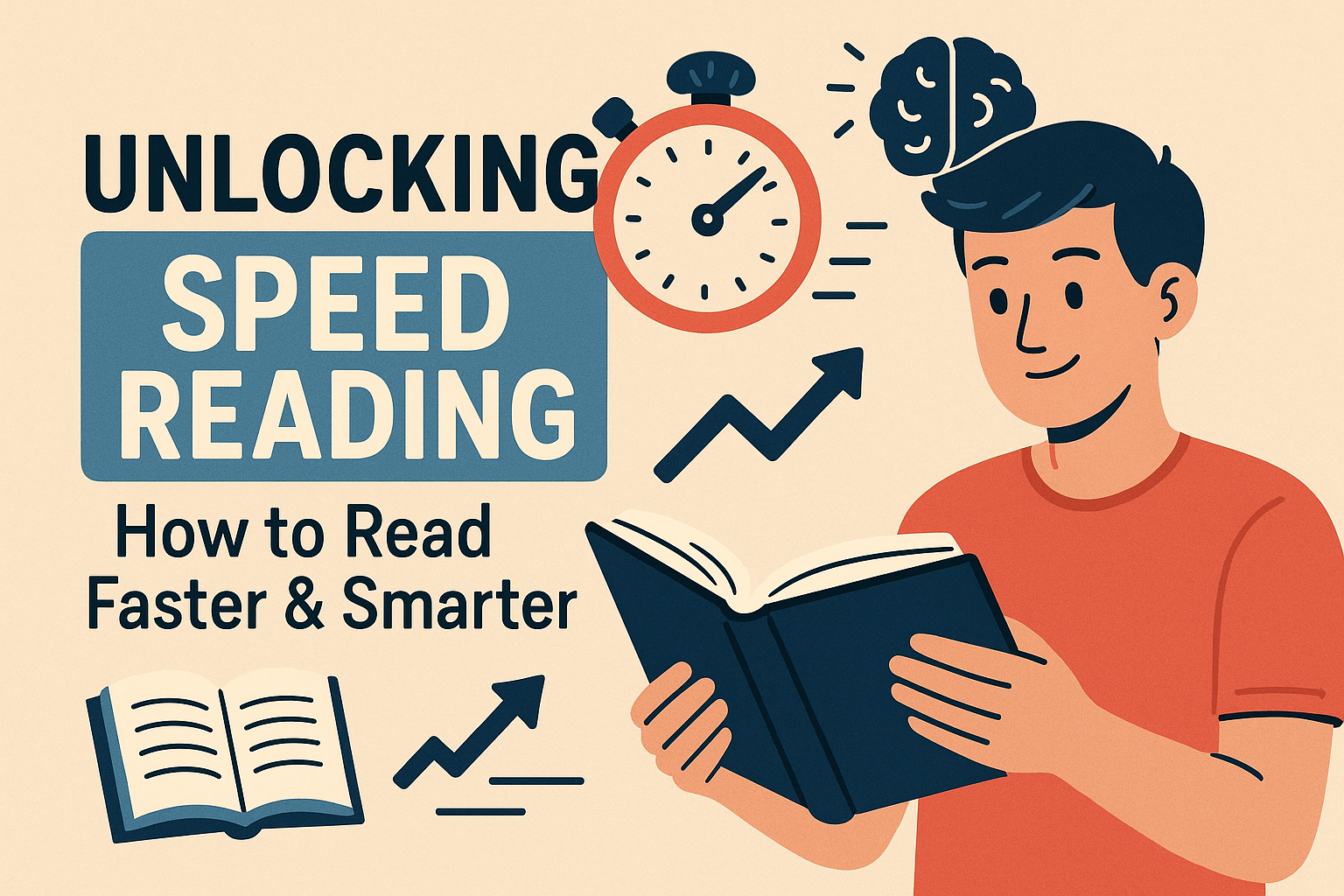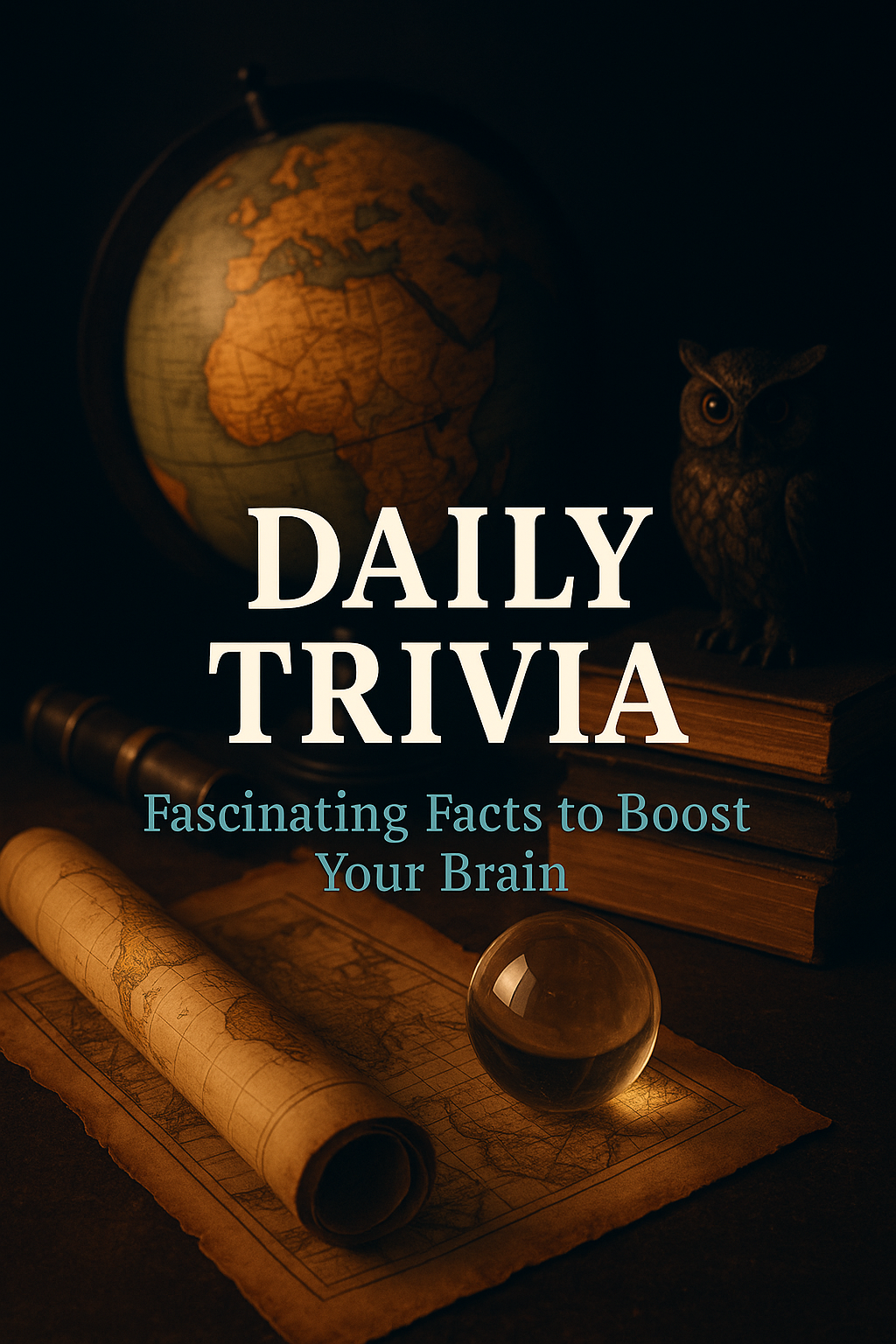
ADHD-Friendly Study Methods That Actually Work
Scientifically‑backed strategies to enhance focus, minimize distractions, and optimize learning with ADHD.
In this article:
01 Understanding ADHD & Framework
Attention‑Deficit/Hyperactivity Disorder (ADHD) affects roughly 5% of adults and up to 10% of school‑aged children worldwide. Those with ADHD often experience challenges with sustained attention, impulsivity control, and working memory—core executive functions essential for efficient study. Traditional study methods, which rely on long lecture marathons or hours of solitary reading, frequently lead to frustration and burnout. For ADHD learners, harnessing their unique neurodiverse strengths—such as bursts of hyperfocus—while mitigating attentional lapses is key.
Over the last decade, researchers in cognitive psychology and neuroscience have identified a set of evidence‑backed principles that underlie successful ADHD‑friendly study routines. These guiding principles form the foundation of the methods outlined in this post:
- Pleasure‑Pain Principle: The ADHD brain thrives on novelty and immediate rewards. By structuring tasks to offer quick wins and positive feedback, you tap into natural dopamine cycles that bolster motivation.
- Chunking & Sequential Processing: Breaking large, complex assignments into bite‑sized pieces minimizes working memory overload and promotes steady progress.
- Contextual Anchors: Pairing study sessions with consistent environmental cues—like a specific desk, lighting, or background sound—builds strong habit loops that reduce start‑up friction.
- Multimodal Encoding: Engaging visual, auditory, and kinesthetic pathways simultaneously fortifies memory traces, leading to better retention.
- External Executive Supports: Tools such as checklists, planners, and specialized apps serve as an “external brain,” compensating for organizational and time‑management deficits.
With these core principles in place, you can tailor a personalized toolkit of ADHD‑friendly study methods that transform overwhelming coursework into manageable, rewarding learning sprints.
02 Effective Study Techniques
⏳ Pomodoro Technique & Variations
The classic Pomodoro Technique—25 minutes of focused work followed by a 5‑minute break—provides structure and prevents cognitive fatigue. ADHD learners can adapt it further:
- Shorter “Sprints”: Try 15‑minute sprints if attention wanes quickly, or 20‑minute blocks if you’re entering hyperfocus. Adjust based on real‑time self‑assessment.
- Visual & Gamified Timers: Use apps like Forest or Focus To‑Do to visualize sessions as growing trees or blooming flowers, adding an extra layer of reward.
- Immediate Micro‑Rewards: After each sprint, indulge in a 2‑minute stretch routine, a favorite song, or a quick step outside. These micro‑rewards keep dopamine levels flowing.
- Accountability Pomodoros: Pair up with a friend or join a virtual co‑working session. Checking in at each break adds social reinforcement and reduces the urge to drift off‑task.
By iterating on sprint length and reward types, you can hone an individualized rhythm that maximizes focus while minimizing burnout.
🎯 Micro‑Goal Mapping
Large projects and dense readings can feel impossible to tackle head‑on. Breaking tasks into discrete micro‑goals makes progress tangible:
- Define Narrow Objectives: Instead of “Write chapter two,” set goals like “Draft three bullet points for section 2.1” or “Locate two new journal articles on synaptic plasticity.”
- Use Visual Boards: Kanban boards in Trello or Notion let you drag cards from “To Do” to “Done,” offering satisfying visual confirmation of achievement.
- Time‑Box Each Step: Assign 5–10 minutes per micro‑goal. If you exceed the time, tag the card and move on to maintain momentum, returning later with fresh energy.
- Stack Micro‑Wins: Batch related micro‑goals (e.g., gather all citations, then summarize each) to build a sense of forward motion and amplified dopamine release.
This approach drastically reduces the intimidation factor of big assignments while allowing your brain to celebrate incremental successes every few minutes.
🔊 Multisensory Encoding
Research confirms that encoding information across multiple sensory channels enhances recall. For ADHD learners, engaging three or more modalities can be a game‑changer:
- Auditory Reinforcement: Read notes aloud, record yourself explaining concepts, or use text‑to‑speech tools so you can listen while walking.
- Visual Mapping: Create colorful mind maps, annotate diagrams, or draw simple sketches to represent ideas. Bright markers and icons serve as memory anchors.
- Kinesthetic Actions: Use physical flashcards you can shuffle, pace the room while reciting formulas, or use hand gestures that mimic the concept (e.g., swirling hand motion for a vortex).
- Storytelling & Mnemonics: Turn dry facts into vivid narratives or absurd acronyms. The emotional arousal of a quirky story cements the memory more firmly than rote repetition.
By layering sensory inputs, you create robust neural pathways that persist even after lapses in focus, ensuring better long‑term retention.
03 Digital Tools & Environment
Technology can serve as an indispensable ally for ADHD study optimization. Combined with thoughtful environmental design, you can craft a workspace that primes your brain for focus and flow.
Workspace Optimization
- Minimalist Desk Setup: Keep only immediate study materials visible. Use cable organizers, storage trays, and a single notebook or tablet at a time to reduce visual clutter.
- Ergonomic Lighting: Position a warm, adjustable desk lamp to avoid harsh glare. Natural light near a window is ideal, but supplement with LED bulbs that mimic daylight if needed.
- Controlled Soundscape: Experiment with white noise machines, brown noise, or instrumental playlists at ~50–60 dB. Apps like Brain.fm use AI‑generated soundscapes tailored for focus enhancement.
- Zoning: If possible, designate separate zones for “deep work” (desk and headphones) and “break activities” (sofa, stretching mat). Physical separation signals your brain to switch modes efficiently.
App Ecosystem
- Forest / Focus To‑Do: Gamified Pomodoro timers that “grow” trees or unlock achievements when you resist distractions.
- Trello / Notion: Drag‑and‑drop Kanban boards for visual project tracking, with due dates, labels, and checklists for micro‑goals.
- Todoist with Priority Tags: Color‑coded priority levels (P1–P4), recurring task scheduling, and natural language reminders to keep deadlines salient.
- Speechify / NaturalReader: Convert lengthy readings into audio lectures you can consume while walking, commuting, or doing chores.
- Beeminder / StickK: Commitment‑contract apps that charge you money if you miss self‑defined goals—a high‑stakes motivator for some ADHD brains.
Curating the right blend of hardware, software, and ambient conditions helps your environment actively scaffold attention and minimize start‑up barriers.
04 Movement, Routines & Self‑Care
ADHD brains often crave stimulation; building deliberate movement and routine into your study plan prevents restlessness from devolving into distraction.
Active Breaks
- Micro‑Workouts: After each focus sprint, do 2–3 minutes of jumping jacks, push‑ups, or desk squats to spike dopamine and increase blood flow.
- Standing / Treadmill Desk: Alternate between sitting and standing or use a slow‑paced treadmill desk for low‑intensity walking while reviewing flashcards.
- Fidget Tools: Stress balls, textured bands, or spinners can channel excess energy without leaving your seat.
Daily Routines & Self‑Care
- Morning Ritual: Begin each day with 5–10 minutes of mindfulness, stretching, or light cardio to regulate mood and sharpen attention for upcoming study sessions.
- Structured Time Blocks: Schedule study blocks, meals, exercise, and relaxation in your calendar. Visualizing your day reduces decision fatigue and friction.
- Hydration & Nutrition: Keep a water bottle at your desk and snack on protein-rich, low‑sugar foods—nuts, cheese cubes, or yogurt—to maintain steady energy and focus.
- Evening Reflection: Journal three micro‑wins of the day—no matter how small. This practice builds self‑efficacy and a positive feedback cycle for tomorrow’s goals.
- Sleep Hygiene: Aim for consistent 7–9 hours. Wind down with blue‑light reduction, calming playlists, and a fixed bedtime to support memory consolidation and executive function.
Integrating movement and self‑care rituals ensures your body and mind remain primed for sustained academic effort, preventing the crash cycles common in unmanaged ADHD.
05 Accountability & Progress Tracking
External motivation structures—through social accountability and concrete progress metrics—amplify follow-through and keep long‑term goals in view.
Social Accountability
- Virtual Co‑Working: Platforms like Focusmate pair you with a remote partner for timed study sprints. The “watching eyes” effect boosts compliance.
- Study Buddy System: Swap daily micro‑goal checklists with a friend each morning and review achievements in the evening to celebrate wins and troubleshoot roadblocks.
- Peer Workshops: Organize weekly online or in‑person meetups where each member teaches a concept they’ve learned—teaching cements knowledge and fosters community.
Progress Metrics & Rewards
- Habit Tracker Apps: Use Habitica, Streaks, or Beeminder to visualize daily streaks, earn badges, and set escalating challenges.
- Bullet Journal Logs: Create a simple grid for micro‑goal completion. At week’s end, tally your successes and identify patterns—peak focus times, recurring distractions, and areas for improvement.
- Reward Chart: For every five micro‑goals achieved, grant yourself a meaningful reward: a coffee break in the sun, a chapter of a novel, or a 20‑minute hobby session.
Transparent tracking stokes positive feedback loops in the ADHD brain, transforming abstract progress into tangible, motivating data points.
06 Future Directions & Final Thoughts
As ADHD research and educational technology evolve, the next generation of learning supports promises even tighter alignment with neurodiverse needs:
- Adaptive AI Tutors: Intelligent platforms that analyze real‑time engagement—via keystroke dynamics or eye‑tracking—and adjust lesson pace, difficulty, and modality accordingly.
- Augmented Reality Learning: AR headsets overlay contextual prompts, highlight key text passages in your field of view, and gamify retention with interactive 3D models.
- Neurofeedback Wearables: Devices that monitor brainwave patterns and deliver subtle haptic or auditory cues when attention wanes, training self‑regulation over time.
ADHD learners bring creativity, hyperfocus potential, and resilience. By applying the strategies outlined here—from customized focus sprints and micro‑goal mapping to multisensory encoding, workspace optimization, movement integration, social accountability, and data‑driven rewards—you can transform your study sessions into efficient, engaging, and rewarding journeys.
Consistency ultimately beats intensity. Begin by experimenting with one or two techniques, track your results, and iteratively refine your approach. Over weeks and months, these science‑backed ADHD study methods will coalesce into a personalized playbook that leverages your neurodiverse strengths, compensates for executive function gaps, and unlocks your full academic potential.
ADHD Study Methods
Focus Techniques for ADHD
Science-Backed Study Strategies
Neurodiversity in Education

